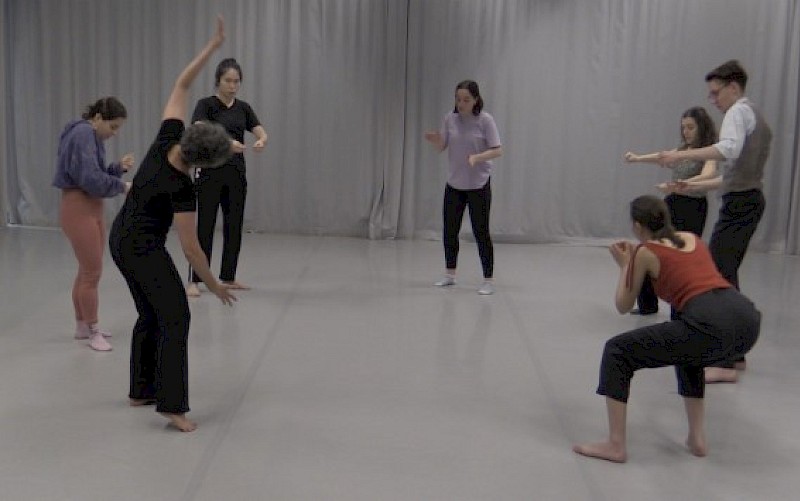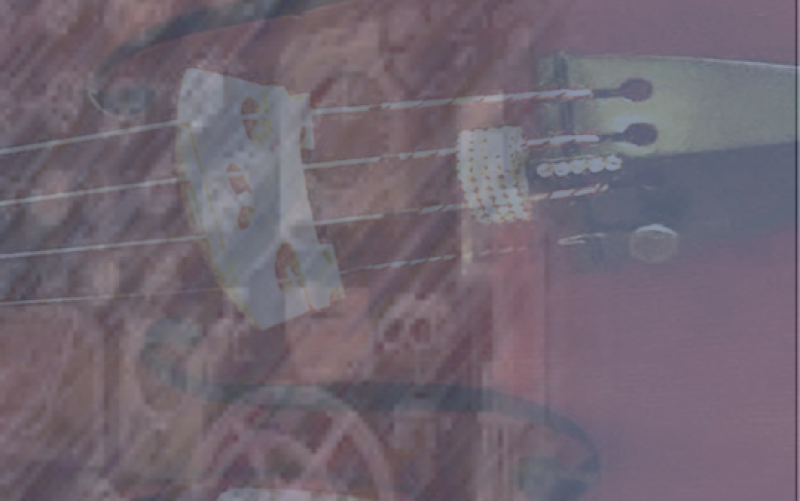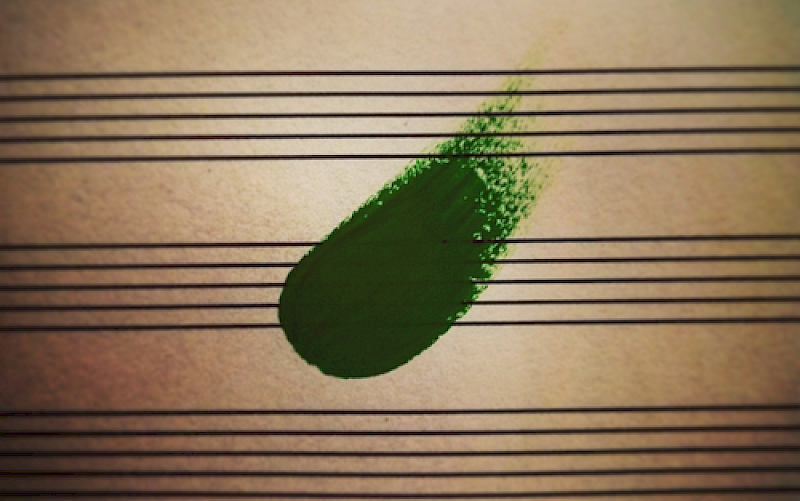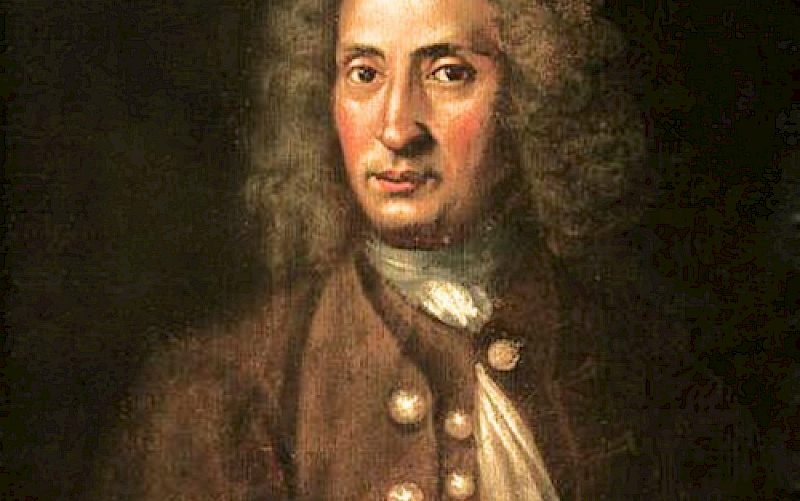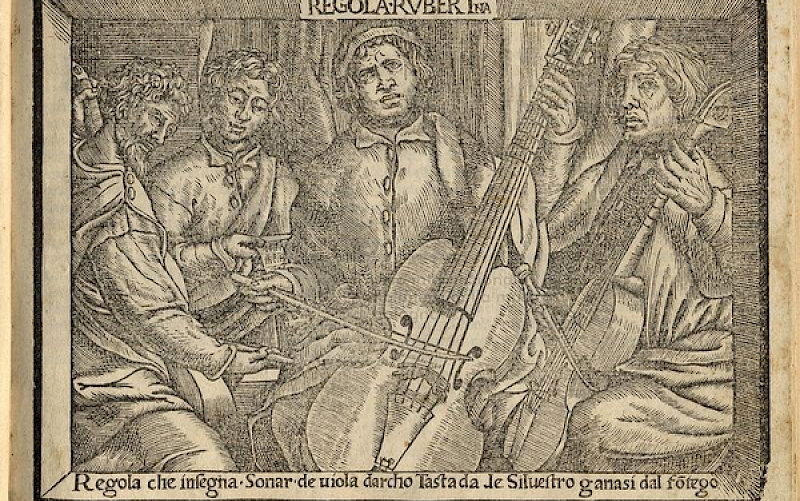Cranio Sacral Therapy and Singing
Name: Anna Walker Main Subject: Classical Singing Research Coaches: Yvonne Smeets and Ami Shamir Title of Research: Craniosacral Therapy and Singing Research Question: How can craniosacral therapy be relevant in helping singers free up their voices and overcome physical obstructions to make them better performers? Research Process: My goal was to understand more about why craniosacral therapy (CST) has helped my singing so much and to find out whether it could also help other singers become freer artists on stage. Studying literature by osteopaths and CST therapists such as John Upledger, Michael Shea, David McFarland and Michael Kern has given me insight about the nature of CST, its background in osteopathy and some basic knowledge of anatomy. In addition to the theoretical background I used my own journey with CST as an example and looked closely at how CST has helped me. I interviewed my singing teachers Gerda van Zelm and Rita Dams and my osteopath Ami Shamir about my technical and artistic progress and wrote about my own perception of the development. To understand more about how CST and singing could work together I interviewed Hamburg-based singer, singing teacher and CST therapist Stefanie Hoffmann. Summary of Results: CST, which has its roots in osteopathy, uses gentle manual techniques to detect and release restrictions that occur in the body as a reaction to trauma (injury, surgery, illness). The rhythm of the cerebrospinal fluid that flows around the brain and the spinal cord, called craniosacral wave, is a stable motion that is not influenced by heart rate or breathing. It is palpable because its waves are transmitted through membranes enveloping all structures of the body (fascia) and can therefore be used to detect areas of restricted movement. Some areas of the body are frequently places of restricted craniosacral movement, e.g. all major transverse/horizontal structures such as diaphragm, pelvic floor, cranial base and thoracic inlet. These areas happen to be crucial for singing as well. For example a free diaphragm is very important for a singer’s breath support or a free jaw and neck (connected to cranial base and thoracic inlet) are crucial for flexible articulation. CST’s techniques for release of the transverse structures can therefore be highly beneficial for a singer. The body’s numerous functional connections can produce symptoms as a sort of chain reaction in various parts of the body after trauma. CST can help find the cause of the problem and help release the tension by facilitating the body’s own motion. My development as a singer has been greatly supported by CST, because CST was the therapy form which addressed my initial problem (difficult birth, vacuum delivery: pressure on head, neck and spine) at its core, at the level of the nervous system. My body reacted to this treatment with (lasting) structural changes, which have made breathing, articulating and resonating easier for me. CST is certainly a good tool for a singer to become more aware of his/her body. It can also help a singer whose development is impaired by physical obstacles that pure functional voice training cannot solve.

